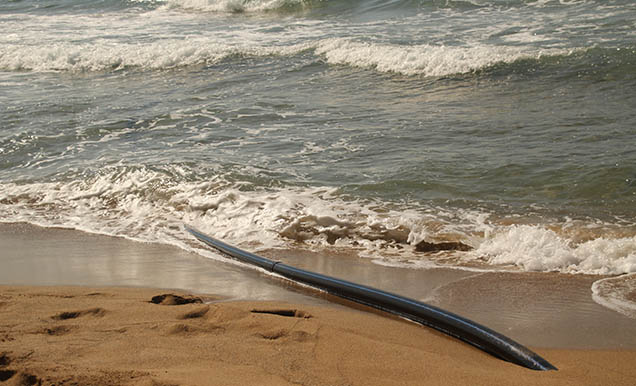Cornwall welcomes Google’s new 7,000km transatlantic data cable

Grace Hopper, the Google named undersea transatlantic communications cable was brought ashore the Bude beach in Cornwall, UK this week (September 2021). At around 7,000km (4,350 miles) long, this data cable was finally landed on the beach of Bude after an earlier attempt was halted back in July due to bad weather, and forms part of the tech giant’s ambitious global infrastructure expansion project.
Operational status is expected to be achieved in 2022 with the cable laid between New York, USA, Cornwall, UK, and Bilbao in Spain (the third leg of the cable). It will form part of a new generation of lines that "connect continents along the ocean floor with an additional layer of security beyond what's available over the public internet", Google said.
Named after the American computer scientist and United States Navy rear admiral, the data cable has some serious clout. Commenting on its capacity, Google bosses said that once operational it could handle "17.5 million people streaming 4K video concurrently", and “will be able to carry more web traffic than all existing undersea cables combined”.
The cable is one of the first undersea cables to be laid connecting the US and UK since 2003, with plans for an additional new cable connection between Europe with Africa already tabled.
Jayne Stowell, who oversees construction of Google's undersea cable projects, said: "This is really needed for the UK in particular, where most of the cables were landed in the early 2000s, with the newest one in 2003. Those cables are running out of their useful and economic and technological life. They are not going to support the transatlantic growth that is needed to keep all of us online 24/7.”
Commenting on the structure of the cable she said "This is a massive new cable. It has 16 fibre pairs, where the previous technology was a maximum of eight fibre pairs” and continued on the UK destination of Bude was chosen because it was "an ideal, nicely protected beach and adjacent to a lot of the terrestrial infrastructure needed.”